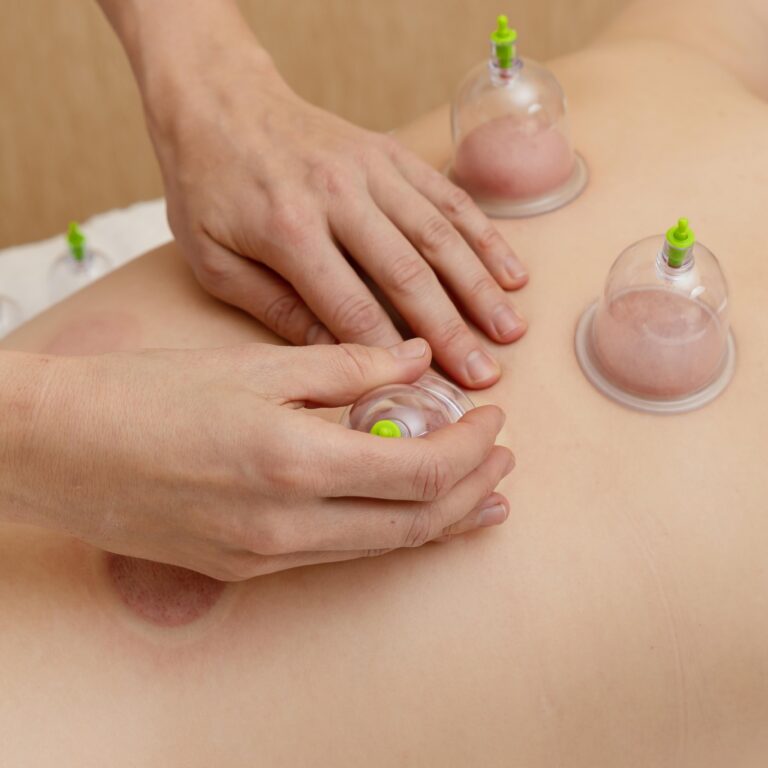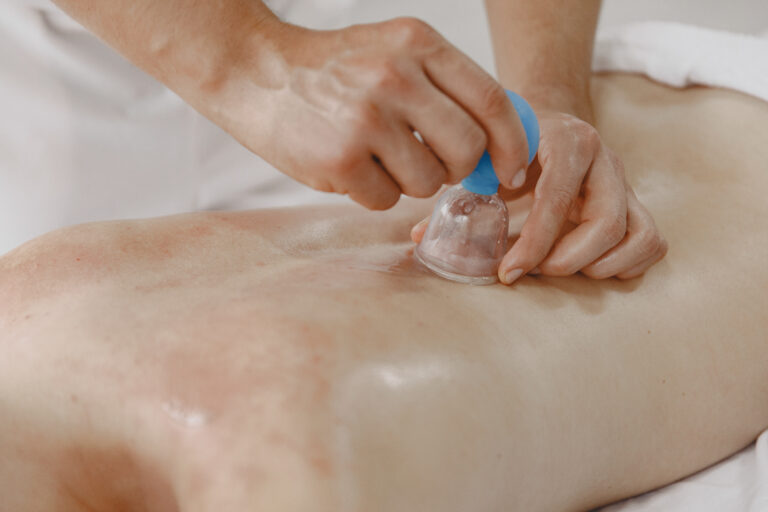
For women, health challenges often revolve around hormonal balance, menstrual cycles, and fertility. Traditional therapies like Hijama (wet cupping) offer a holistic and natural way to address these concerns effectively. Recognized for its therapeutic properties, Hijama not only alleviates menstrual pain but also supports reproductive health, making it a valuable tool in women’s wellness.
Hijama, derived from ancient healing traditions, involves applying suction to the skin through special cups. The process removes stagnant blood and toxins, promoting circulation and restoring balance to the body. For centuries, women have turned to Hijama to manage menstrual irregularities, ease period pain, and boost fertility naturally.
Menstrual cramps occur when the uterus contracts to shed its lining, often causing discomfort and inflammation. Many women resort to painkillers, but Hijama provides a drug-free, natural alternative.
Hijama therapy improves blood flow to the pelvic area, reducing congestion and inflammation. By targeting acupressure points, it alleviates pain and helps regulate hormone production. Women report fewer cramps, shorter cycles, and improved energy levels after regular sessions.
Hormonal imbalances, stress, and poor circulation can interfere with conception. Hijama addresses these issues at their root, enhancing reproductive health.
Women with irregular cycles often experience underlying issues like PCOS or hormonal imbalances. Hijama offers a gentle yet effective way to restore regularity.
Premenstrual syndrome (PMS) symptoms such as irritability, bloating, and fatigue can disrupt life. Hijama provides relief by reducing inflammation and calming the nervous system.
Stress and anxiety can take a toll on women’s health. By improving blood circulation and releasing tension, Hijama fosters emotional balance, indirectly benefiting fertility and menstrual health.

Unlike invasive fertility treatments or medications, Hijama is gentle and natural, making it suitable for women seeking holistic alternatives.
When performed by trained practitioners, Hijama is a safe therapy with few side effects. It’s an excellent option for women who are sensitive to conventional medications.
Hijama doesn’t just focus on one problem. It improves overall health, from hormonal balance to better energy levels, making it a comprehensive approach to wellness.
Hijama is more than just a treatment; it’s a pathway to balanced health and vitality. Whether you’re struggling with painful periods, irregular cycles, or fertility challenges, this ancient therapy offers proven solutions tailored to women’s unique needs.
Take the first step toward better health. Consult a qualified Hijama practitioner today and unlock the benefits of this time-tested therapy for a happier, healthier life.
Hijama, also known as wet cupping therapy, is an ancient healing technique that removes toxins and stagnant blood to promote overall well-being. For women, Hijama helps alleviate menstrual pain, regulate hormonal balance, and support fertility. Its natural, non-invasive approach makes it a popular choice for addressing common health concerns.
Yes, Hijama is highly effective in managing menstrual pain. By improving blood circulation and reducing inflammation in the pelvic region, Hijama alleviates cramps and discomfort. Women often notice shorter and less painful periods after consistent therapy sessions.
Hijama is a safe and natural therapy that supports fertility by detoxifying the body, enhancing uterine health, and regulating hormones. Many women choose Hijama to address issues like irregular cycles, PCOS, or other conditions affecting reproductive health. However, it’s essential to consult a trained practitioner for personalized care.
The frequency of Hijama sessions depends on individual needs and health goals. For managing menstrual pain or boosting fertility, practitioners typically recommend monthly sessions, especially around ovulation or before the menstrual cycle. Regular consultations with a certified therapist ensure the best results.
WhatsApp us